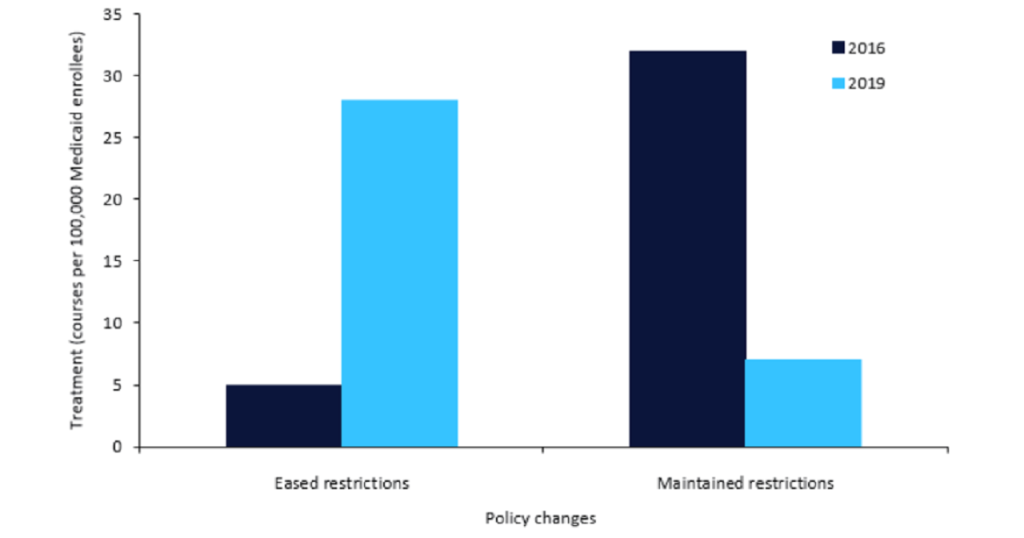For many sponsors looking to conduct trials in the Asia-Pacific region, the continent presents a wealth of opportunities. As the cost to develop a drug in the West continues to skyrocket, more and more companies are looking East to tap into markets that contain rich patient pools and treatment naïve populations. However, a lack of understanding about clinical trials – on the part of the patient – appears endemic across much of Asia. Furthermore, a high demand for qualified site personnel highlights a shortage of resources making it difficult to conduct trials of the highest standard. When factoring these considerations, it all paints a picture of some of the challenges facing clinical research in Asia.
But the lack of frequent audits by regulatory agencies has raised misgivings about ethical procedures as well as concerns over IP protection. Regulatory agencies, particularly in South East Asian countries, struggle with weak infrastructures, largely endorsing new drugs after they’ve been approved by their foreign, more established counterparts.[1] Furthermore, the ever changing regulations in the region, combined with a lack of harmonization between countries, mean sponsors face a multitude of obstacles when looking to conduct trials.[2]
“Having to navigate different sets of regulations throughout Asia is difficult,” said one clinical professional, responsible for overseeing clinical operations in the Asia-Pacific region. “In some countries, it takes less than two weeks for approval whereas in others it can take up to two months.”
Long approval timelines could have far-reaching implications, especially for start-ups. If, for instance, registration for a trial is ongoing, and suddenly, the sponsor company is asked by a regulatory body to include extra information, they would be forced to re-submit their application. For any start-up that runs their trials globally, a sudden change to an application could result in significant delays.
Nevertheless: “This is part and parcel of running trials in Asia-Pacific,” the professional said.
See Also:
When it comes to patient recruitment, the impact can be even greater. When a country requires a company to state the exact number of patients they intend to enroll, any delay in the application process may impact your ability to meet your target numbers.
How well do you really know your competitors?
Access the most comprehensive Company Profiles on the market, powered by GlobalData. Save hours of research. Gain competitive edge.

Thank you!
Your download email will arrive shortly
Not ready to buy yet? Download a free sample
We are confident about the unique quality of our Company Profiles. However, we want you to make the most beneficial decision for your business, so we offer a free sample that you can download by submitting the below form
By GlobalData“Patient enrolment works in this way: Normally, we would have target numbers per country, but we don’t recruit all of them at once, that takes time,” the professional said. “For country A, we would plan to recruit two people per month. So obviously, when there’s less time allowed for this, we would not be able to meet the numbers. It is like you missed the train – it wouldn’t wait for you.”
In addition to managing regulatory barriers, liaising with multiple sites in different countries brings about many difficulties, particularly, language and cultural differences. According to the clinical professional, there is a significant difference in maturity between South East Asian countries like Philippines and Indonesia, and Australia.
“Although at my company English is used widely, when you’re dealing with a site where English is not spoken, we need to explain new drugs and systems using technical words, which can create a lot of problems,” she said.
To overcome the barriers running clinical trials in Asia presents, it’s important to gather as much local expertise about the country in which you conduct the trial. In cases where language is an obstacle, have in place a regional project manager qualified to lead the trial on the ground, having the required knowledge of current GCP rules and regulations. Additionally, be aware of the local institutional requirements of running trials as well as the local business practices.[3]
Breaking down the negative perception of clinical research in Asia is another challenge that will be no mean feat. Nevertheless, by increasing awareness of clinical trials and involving participants in the decision-making process, that will go some way to breaking those barriers. This can be done by enhancing local web-based trial databases and content in local languages.[4]
References
[1] Wong, Ellick, Regulatory Environment and Clinical Trials in South East Asia – http://bit.ly/1rZDgmg [2] http://www.diaglobal.org/productfiles/22993/day%203/402/s402%2001_vijay%20prabhakar.pdf [3] http://www.globalengage.co.uk/gctos/6Ang.pdf [4] http://www.diaglobal.org/productfiles/22993/day%203/402/s402%2001_vijay%20prabhakar.pdf






